Historical Dictionary
of the British Monarchy
Kenneth J. Panton

The Scarecrow Press, Inc.
Lanham Toronto Plymouth, UK
2011
Published by Scarecrow Press, Inc.
A wholly owned subsidiary of The Rowman & Littlefield Publishing Group, Inc.
4501 Forbes Boulevard, Suite 200, Lanham, Maryland 20706
http://www.scarecrowpress.com
Estover Road, Plymouth PL6 7PY, United Kingdom
Copyright 2011 by Kenneth J. Panton
All rights reserved . No part of this book may be reproduced in any form or by
any electronic or mechanical means, including information storage and retrieval
systems, without written permission from the publisher, except by a reviewer who
may quote passages in a review.
British Library Cataloguing in Publication Information Available
Library of Congress Cataloging-in-Publication Data
Panton, Kenneth J. (Kenneth John), 1945
Historical dictionary of the British monarchy / Kenneth J. Panton.
p. cm.
Includes bibliographical references.
ISBN 978-0-8108-5779-7 (cloth : alk. paper) ISBN 978-0-8108-7497-8 (ebook)
1. Great BritainKings and rulersBiographyDictionaries. 2. QueensGreat BritainBiographyDictionaries. 3. Great BritainCourt and courtiersBiographyDictionaries. 4. MonarchyGreat BritainHistoryDictionaries. 5. Great BritainHistoryDictionaries. I. Title.
DA28.1.P27 2011
941.009'9dc22 2010038859
 The paper used in this publication meets the minimum requirements of
The paper used in this publication meets the minimum requirements of
American National Standard for Information SciencesPermanence of Paper
for Printed Library Materials, ANSI/NISO Z39.48-1992.
Printed in the United States of America
All photographs from the Library of Congress
For Aderyn-Carol and Hudson
Editors Foreword
Although in some ways it is just a shadow of its former self, the British monarchy is still the most impressive monarchy around. It is honored and respected at home and even, in various permutations, provides the sovereign of 15 other countries of the Commonwealth. Its remaining responsibilities and privileges are more modest, but certainly easier to perform, and, according to opinion polls, the population is quite satisfied with the results. True, this is little compared to the raw power of earlier centuries, and being a constitutional monarch does have its inconveniences. But they are nothing compared to the difficulties of actually running, or trying to run, a country as compact and yet complicated as Great Britain, to say nothing of its vast empire spanning the globe. So a rather extensive look backward is necessary to see where it is coming from. And this leads to an impressive line of sovereigns reaching back to 1917, for the House of Windsor, and further still to 959 for the first English kings, and 843 for the first Scots kings, and, indeed, to 519, if you will, for the first known king, Cerdic.
This Historical Dictionary of the British Monarchy is a big book, and inevitably so. The chronology alone has to list hundreds of major events (and overlook thousands of lesser ones) just to give us an overview of who ruled when and bits and snatches of what these persons did. The introduction then brings together numerous threads of this vast tapestry to provide a still limited overview, as it would have taken several volumes to get all the details. And the dictionary section has entries on hundreds and hundreds of persons, royals and lesser nobility, as well as some of their accomplishments and residences, and a bit about the workings of the monarchy. Obviously, there are entries on Henry VIII, Elizabeth I and Elizabeth II, and yes, indeed, Lady Diana and some others easily recognized by the public. But the most interesting in certain ways are countless persons who have since been forgotten but were in their day high and mighty, loved and hated, or just supported until the next ruler came along. Big as this book is, it can really only be a starting point for a serious study of the British monarchy, and thus one of its main contributions is to provide a bibliography which helps readers access further sources of information.
The book is written by Kenneth J. Panton, who has already coauthored the Historical Dictionary of the United Kingdom and the Historical Dictionary of the Contemporary United Kingdom and alone wrote the Historical Dictionary of London . And a good thing it is, one might add, because that provides a very strong foundation for this latest work on the British monarchy. Born in Scotland, Dr. Panton studied at the University of Edinburgh and Kings College, London, and then taught at London Guildhall University and next, of all things, at the University of Southern Mississippi. But this is not so unusual when you consider that he served as the head of the British Studies Program, the largest in the United States, and one that sends some 200 students to Great Britain every year for its summer program. Having since retired, Ken is now living in Scotland again and busily working on yet other historical dictionaries. But nothing will exceed this one in scope and presumably also in usefulness.
Jon Woronoff
Series Editor
Acknowledgments
Any attempt to provide a chronology for, let alone present even limited analysis of, an institution that has developed over more than a millennium must depend more heavily on secondary sources than on primary research, so the contents of this dictionary reflect the distillation of facts, figures, and opinions originally presented in dozens of academic papers, biographies, encyclopedias, and other scholarly works from a variety of disciplines. It is impossible to acknowledge the contribution made by each of the authors on whom I have relied, but all are listed in the bibliography, and I trust they will understand that I have derived enormous pleasure from sifting through their writings. In particular, I am much in debt to Keith A. Cowlard, of the University of Greenwich, who has allowed me to draw on material used in the two-volume Historical Dictionary of the United Kingdom and the Historical Dictionary of the Contemporary United Kingdom that we compiled for Scarecrow in 19971998 and 2008, respectively.
Also, I am grateful to those skilled librarians who so often pointed me in the right direction, thus limiting time-consuming searches and providing access to sources that might otherwise not have been available. Lorna Cheyne of Edinburgh University Library was especially helpful (and lightened the research load through a delightful correspondence), but I also greatly valued the generous help I received from the staffs of Clackmannanshire Council Libraries, the National Library of Scotland (who facilitated electronic access to sources), Redhill Public Library, Stirling Council Libraries, and the library of the University of Southern Mississippi, all of whom gave generously of their time. Don Shewan used his considerable artistic talents to prepare the genealogical diagrams in the appendixes at the end of the book, taking crude drawings and turning them into attractive family trees.
Jon Woronoff has been as acute an editor of this book as he has of earlier publications, massaging an academic ego over two decades by somehow managing to point out weaknesses without appearing to criticize, and Kellie Hagan and April Snider, at Scarecrows headquarters, have ushered the text through the production process. There is, in addition, a whole army of peoplecopyeditors, designers, printers, and otherswho shape the product that lands on individual and institutional library shelves. They leave me in awe of their abilities, and I do not have the words to thank them adequately.

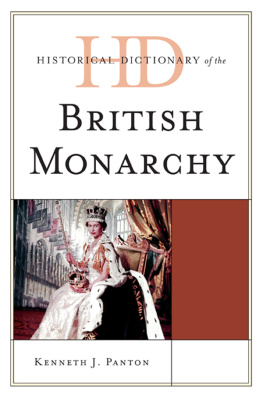

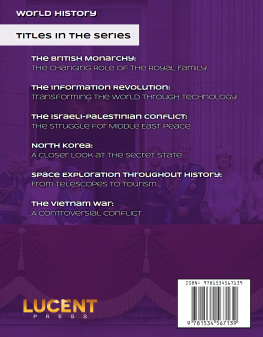
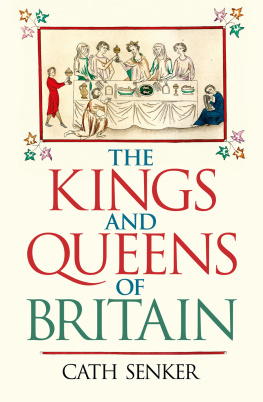
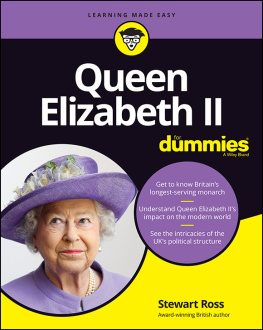
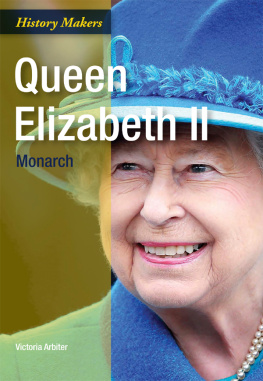
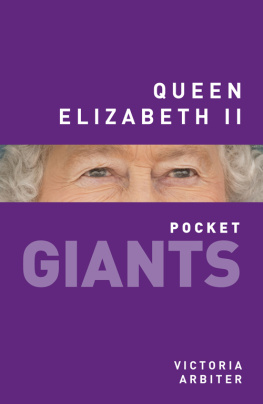
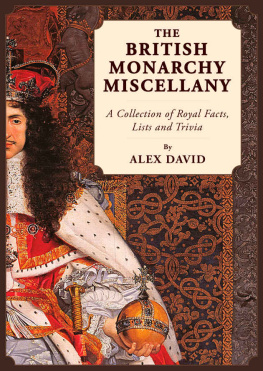

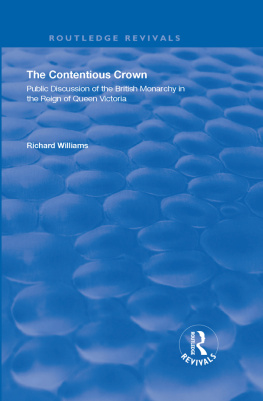

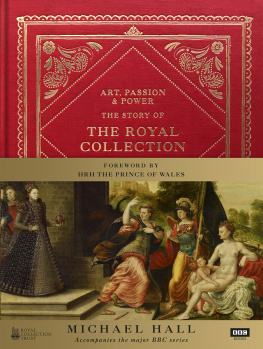


 The paper used in this publication meets the minimum requirements of
The paper used in this publication meets the minimum requirements of